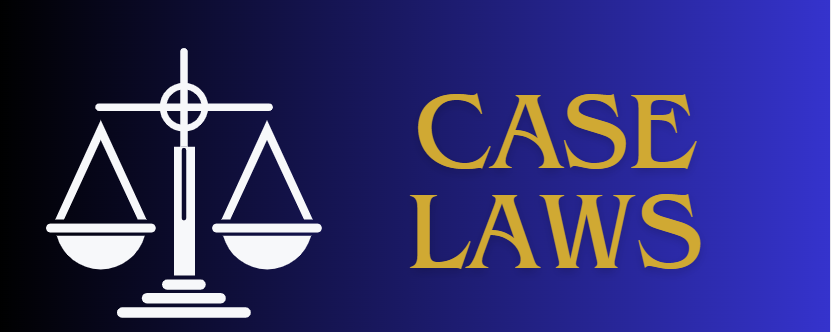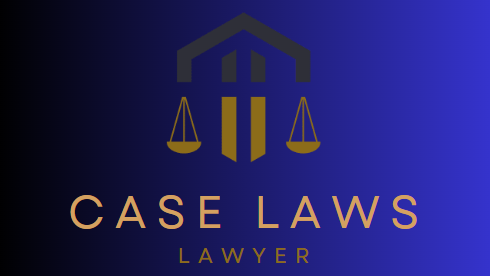For achieving such object, generally Registrar No.1 (FIR Register) and Register No.2 (Station Diary) maintained under 22.45 of Police Rules, 1934 are stopped and necessary details are incorporated after afflux of some time. Such misdeeds on occasions remain hidden even during trial but often the circumspective perusal of record lifts veil from the delinquency of the police, giving traces that the crime report was registered much after the canvassed crime.
The inquest report which is prepared under 25.35 of Police Rules, 1934 is a document, the careful perusal of which can give a clue about the possibility of the case not having been registered at the time mentioned in Column No.1 of FIR. The inquest report is prepared as part of initial investigation and carries material information about the homicide incident gathered from the witnesses, examination of corpse and inspection of the spot.
The prescribed format of the inquest report contains 34-columns meant for mentioning various details like the inter se distance of the crime scene and the Police Station, the time of furnishing information of crime to police, the particulars of deceased and the witnesses who identified him, the status of the dead body and the description of injuries, the kind of weapon used for the murder, the articles found near the dead body if it is still placed on the crime scene as well as the brief facts of the incident. The importance of the inquest report can well be gauged from the fact that the details required to be mentioned therein are to be incumbently provided to the medical officer before the autopsy. These requirements are primarily part of the check and balance system devised to oust the possibility of some foul play and aimed at ensuring that statements of witnesses are recorded positively before the postmortem examination. Needless to mention here that if the statements of witnesses are recorded by the police subsequent to the postmortem examination, it gives vent to adjust the ocular account in consonance with the proposed medical evidence.
For holding postmortem examination, certain guidelines are given for medical officer which are mentioned in CHAPTER-III titled as MEDICO-LEGAL POST MORTEM EXAMINATION of “A TEXT BOOK OF FORENSIC MEDICINE AND TOXICOLOGY” by DR.S.SIDDIQ HUSSAIN.
Instead of mentioning in detail, the guidelines so given, we consider it appropriate to have resort to brevity and mention some of them which are as under:-
➢ Postmortem examination should only be undertaken when there is a written order either from Superintendent of Police, or District Magistrate usually from Prosecuting Inspector (for Superintendent of Police.)
➢ Read carefully, police report, before starting, i.e. appearance and situation of body, cause of death, statements of witnesses, alleged weapon, etc. Time of receipt of police papers should be entered on the register.
➢ It should be thorough and complete. All the three cavities of the body, i.e. skull, thorax and abdomen should be opened and examined even if the cause of death has been found in one of them, because you have to state not only the injuries to certain organs, but also to certify that other organs are healthy.
➢ It is never too late to make an autopsy, no matter, how far decomposition is advanced, as information may be had from teeth, hair, injuries to bones, as fractures, bullet wounds, etc. and shots may be recovered from inside the body.
➢ When the police bring the papers to you, see that following documents are present:-
(i) Statement of injuries by the police.
(ii) Death report on the prescribed form.
(iii) Statement of witnesses.
(iv) If examined during life, by a doctor, then copy of the medico legal report, operation notes, hospital notes, etc.
➢ In the case of a wound by firearm, any bullet or shots recovered from the body should be initialed (if big enough) and handed to the police in a sealed parcel.
➢ All the columns of the prescribed postmortem report should be filled.
➢ Postmortem examination should be done as soon as possible after the receipt of police papers to avoid trouble and inconvenience to the relatives of he dead person.”
(emphasis provided)
The medical officer is required to sign each page of the inquest report as token of its receipt before the commencement of postmortem examination. Needless to mention here that the requirements so mentioned above are primarily focused at ensuring that before the commencement of autopsy statements of eyewitnesses are on file, the kind of weapon used in the crime and locales of injuries inflicted by accused have been conveyed to police so as to exclude the possibility of subsequent tampering.
It has become trend of criminal litigation in the province of Punjab to implicate as many persons from the family of accused as possible in a case of homicide, mainly to exert pressure upon others so as to desist them from pursuing the case of the actual delinquent. On occasions, the actual murder incident remains unwitnessed and a wider net is spread to grill in the case members hailing from the family of adversaries on account of doubt by planting false witnesses.
The data so tendered in evidence by DW.2 since emanated from automated information system and collected through modern devices and techniques, thus was legitimately brought on record in terms of Articles 46-A and 164 of Qanune-Shahadat Order, 1984.
Living in a technological era and well conversant with the prevailing menace of false depositions, the Courts can legitimately use data generated through modern devices for ascertaining the truth of a fact through the enabling provisions of Articles 46-A and 164 of Qanun-e-Shahadat Order, 1984.
The injuries of both the eyewitnesses were vociferously described by the prosecution as stamp of their truth. A pressing need is felt by us to mention here that injuries statedly received by a witness during a homicide incident do not warrant acceptance without scrutiny of what he deposes before the court. At the most such traumas can be taken as indication of his presence at the spot but still his evidence is to be examined on the benchmark of general and well settled principles laid down for the appraisal of evidence. There is no hard and fast rule that a witness who is in receipt of injury will depose nothing but truth. Even otherwise this is not a simple presence of a witness at the crime scene but his credibility which makes him a reliable witness.
The Courts or a Judge is not required to give an alternative reasoning of any lacuna, may it be emerging from medical evidence, rather is to restrict himself only to the extent that the detail of crime set out by the prosecution is apparently ringing true or not.
The collection of.medical evidence at investigation stage and its subsequent tendering during trial is primarily aimed at enabling the Court to get help for ascertaining the truth behind deposition of an eyewitness. If the ocular account gives rise to some inconsistency after being subjected to scrutiny through medical evidence, it warrants rejection of the tale of incident furnished by eyewitnesses. Judicial archives are not bereft of precedents wherein ocular account was discarded after finding it in conflict with the medical evidence.
There is no cavil to the fact that without legal justification taking the life of an individual, the accused stoops down to the level symbolic to a beast as such act is bereft of all human norms but still the conviction is required to be awarded only if the guilt of such person is impeccably proved by the prosecution. A guilty verdict pronounced by the Court after being driven from sentiments, emotions or perceptions cannot by any stretch be equated with the dictates of justice. The evidence of a witness cannot be appraised through cherry-picking approach and instead it is to be scrutinized in its entirety.
























0 Comments